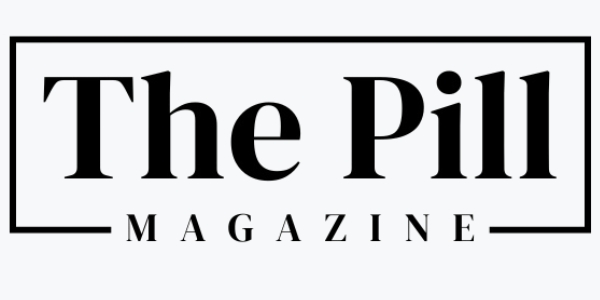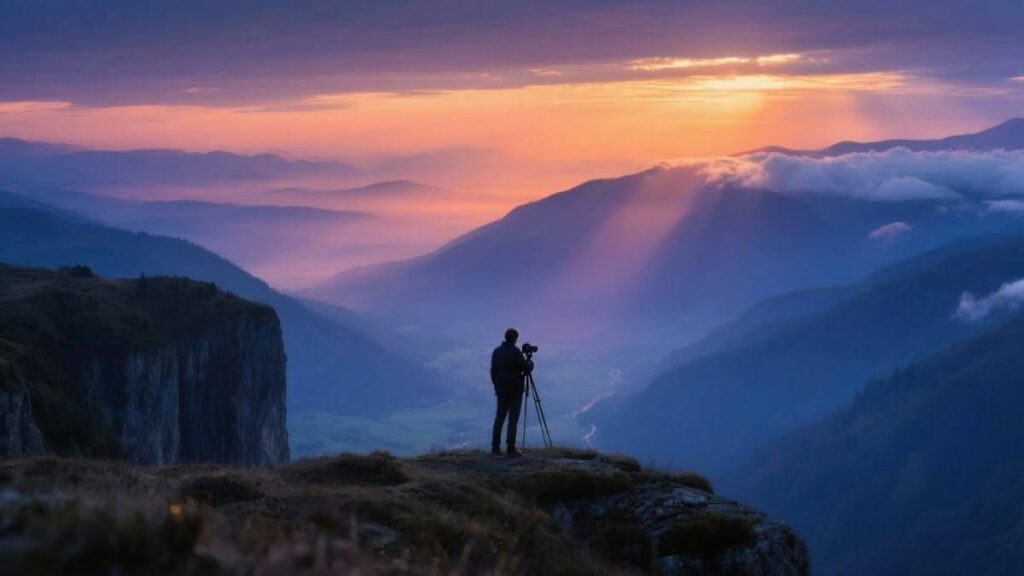Lev Mazaraki on how to turn your expertise into a personal brand and stop depending on algorithms
The internet is saturated with stunning visuals. We all know the stereotype of the travel photographer: poised on a volcano rim, laptop under a palm tree. It creates a false impression that success is just about owning a good camera and mastering the ‘golden hour.’
That’s a myth. I’m Lev Mazaraki, a travel photographer, and I’ve learned that technical skill isn’t the final goal; it’s the starting requirement. The concepts I’m sharing aren’t just for photographers. They’re for any expert selling their skills online – be it an IT consultant, a designer, or a crypto analyst.
In today’s creator economy, your most valuable asset isn’t your equipment; it’s your brand. This isn’t a niche hobby; recent Goldman Sachs reports project the creator economy will reach nearly half a trillion dollars ($480 billion) by 2027. For anyone who understands the power of intangible value, this strategy is crucial. Let’s deconstruct how to build a brand that creates opportunities.
1. The Foundation. Your “Why” and Your Niche
The most common pitfall I see is the ‘generalist’ trap: trying to be the solution for every possible client. Photographers shoot everything from food to landscapes; consultants offer SMM, SEO, and strategy. This lack of focus creates a portfolio that feels like a stock-image library – competent, but generic.
A powerful brand emerges from answering two simple questions: What is your core mission (the ‘Why’)? And what is your specific, defensible expertise (the ‘What’)?
Your ‘Why’ is your narrative. Perhaps, like me, you feel photography is a way to document cultures at risk of disappearing. Or maybe you’re an IT expert who genuinely believes decentralization creates a more equitable world. This mission is your anchor.
Your niche is your defined specialty. This could be:
- Extreme reportage photography.
- Blockchain consulting for e-commerce.
- Minimalist design for SaaS startups.
It’s more valuable to be the go-to expert for one specific thing than to be just another competent photographer in a popular region. Specialization isn’t a constraint; it’s your strategic advantage.
2. The Visual and Verbal Signature. More Than a Preset
The goal is recognizability. Your work should be identifiable in a crowded feed even without your name attached. Many mistake this for a simple ‘filter’ or preset, but that’s just the surface layer.
Your true signature is a fusion of elements. First, your visual code (your consistent color palette and compositional habits). Second, your subject focus (Do you always include a human element for scale? Do you simplify complex data?). Third, your tone of voice (Are you an analytical expert, a sarcastic guide, or an inspiring mentor?).
When these components align, you create a distinct ‘style.’ That style is your value proposition. It ensures a client knows exactly what to expect.
3. Digital Marketing. Your Ecosystem, Not Someone Else’s Platform
A critical error in brand building is relying entirely on platforms you don’t own. Instagram isn’t your business; TikTok isn’t your asset. You are building on rented land. When the algorithm changes (and it always does), your connection to your audience can vanish. This isn’t just a feeling; industry benchmarks show the average organic engagement rate on Instagram is often less than 2%, and on Facebook, it can be under 0.5%. You are fighting a losing battle for visibility.
A resilient brand is built on an ‘ecosystem’ you control. This includes a central portfolio website (your ‘home base,’ built on a platform like Webflow or Tilda, not just a Behance profile). It needs a blog that captures search traffic (SEO), answering client questions like “A Guide to Choosing a Drone” or “Comparing L2 Solutions for Ethereum.”
Most importantly, it includes an email newsletter (using Substack or Beehiiv), which is your direct, unmediated line to your community. Social media then acts as the ‘top of the funnel,’ directing traffic back to these assets you own.
4. The Business Model. From Artist to Entrepreneur
Your brand’s strength dictates how you monetize. For most experts, this income evolves along three primary paths.
First, B2C (Business-to-Consumer). This involves selling directly to your followers: prints, workshops, presets, or paid guides. This model relies on a large, loyal community that views you as a trusted teacher or ‘guru.’
Second, B2B (Business-to-Business). Here, you sell services to corporations: shooting for hotel chains, auditing code for startups, or developing strategy. In the B2B world, your follower count is less important than your portfolio and your reputation as a ‘reliable performer’ who delivers on time and on brief.
The third and most emergent path is B2C 2.0, or the Web3 Model. This is where NFTs come in, but not as a speculative asset. For a creator, an NFT is a community technology. Think of it as selling a digital ‘pass’ to an exclusive club. Holders might get access to private Q&As, behind-the-scenes content, or direct consultations. It’s a powerful tool for converting passive followers into active stakeholders and investors in your brand.
Conclusion. The Brand as the Main Asset
In this decade, the pace of technological change (AI, new cameras, software frameworks) is accelerating. This is not a distant threat; marketing reports already show that over 70% of companies are actively using AI for content creation and strategy. AI can already generate a technically impressive landscape or write functional code.
But here is the key: technologies and skills become commodities. They can be copied. AI can generate an image, but it cannot build trust. It cannot have a unique point of view, share a personal story, or build a reputation for reliability.
The only truly defensible asset you have is your personal brand – the story, the perspective, and the trust you’ve earned with your audience.






